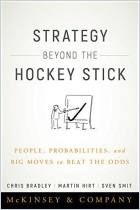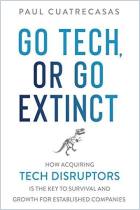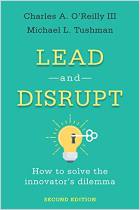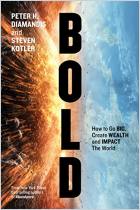Wonder why the stocks of old-school companies struggle, while the shares of stars like Amazon, Apple and Netflix keep soaring? Investment researcher Bartley J. Madden offers some valuable insights into the shift from the old economy to the new. He highlights the fact that, in the 20th century, blue-chip firms leveraged factories and other hard assets, but today, the most valuable companies prosper by creating virtual platforms and strong brands. This intriguing text for investors describes the secret sauce behind some of the world’s most iconic firms.
A new, knowledge-based approach to management is taking hold.
In the 20th century, successful firms were stable ventures that created value by leveraging tangible assets. Today, the New Economy relies on global information, intangible assets and knowledge. Modern companies gain competitive advantage and create value by being more effective than their rivals at building knowledge and leveraging brands and platform effects. Amid this sea change, seemingly overvalued companies have thrived, while asset-rich operations that appear undervalued have struggled. It’s unclear whether traditional economists and mainstream market analysts understand how to measure such changes. A century ago, the shift from horses to automobiles ushered in an era of rising living standards, yet economists weren’t sure how to fit those dramatic changes into their models.
The economist Paul Romer understood as early as 1990 how the knowledge economy had changed the corporate landscape. Romer helped define the limits of the physical economy, while noting the knowledge economy’s comparative lack of limits. Physical assets such as oil and copper are finite, but ideas...





















Comment on this summary or Démarrer une discussion